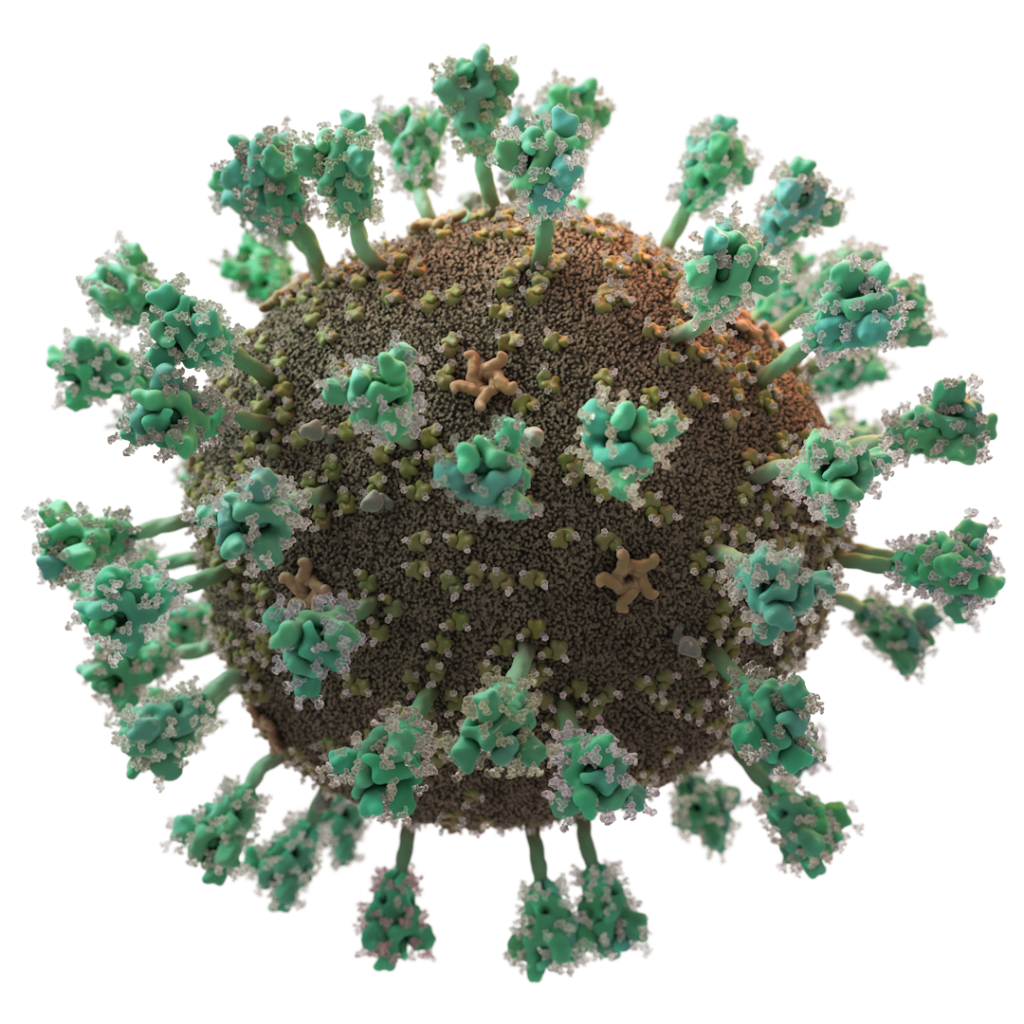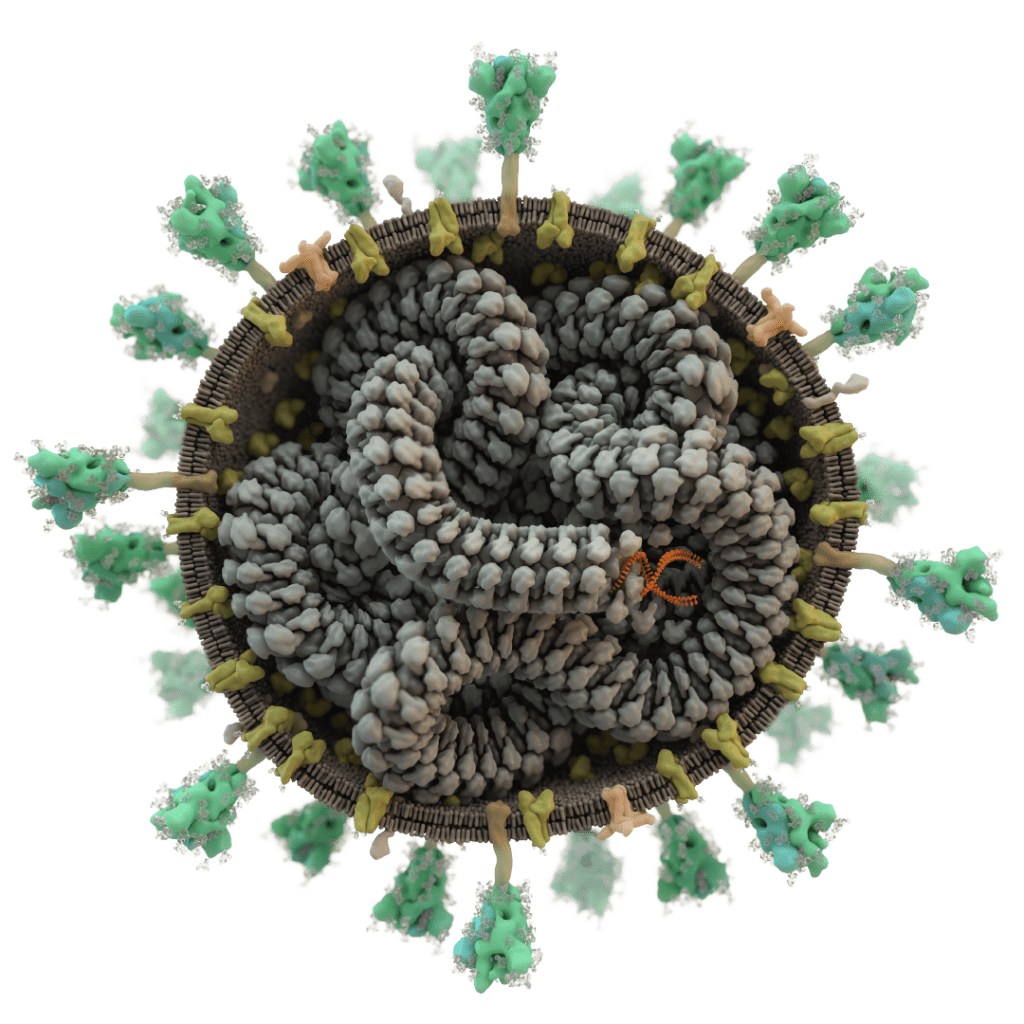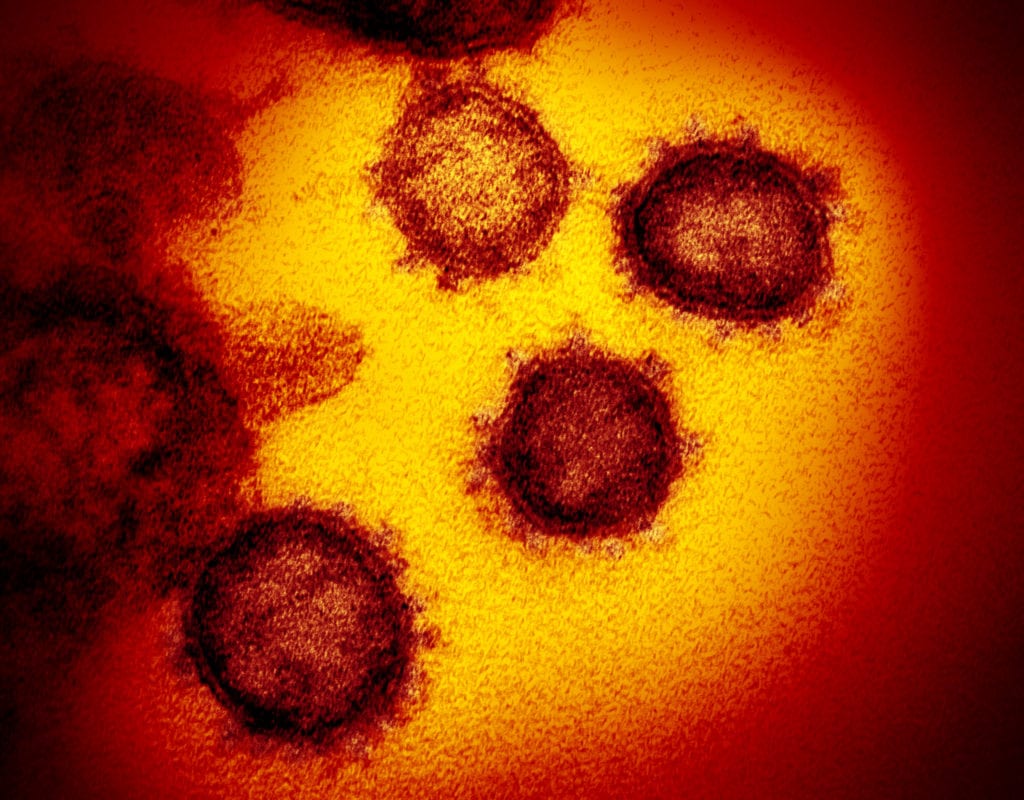The coronavirus SARS-CoV-2 consists of molecules making up the virus hull, the protruding spikes (which allow it to infect a host cell) and the RNA genome inside. This RNA is a collection of blueprints that cause the infected host cell to produce new copies of the virus. If you would like to know how this works in more detail, you can find an animated viral life cycle here, along with explanations.


If we understand these molecules, we cannot only learn how the virus works but may also find a cure. Antibodies (e.g. produced through vaccination) and small molecules (drugs) both bind to these protein macromolecules like keys to a lock and can deactivate them.
The Coronavirus Structural Task Force evaluates the protein structures from coronavirus, improves them by pushing the structural biology methods to their limit, and puts these structures into context for drug developers and other scientists.

